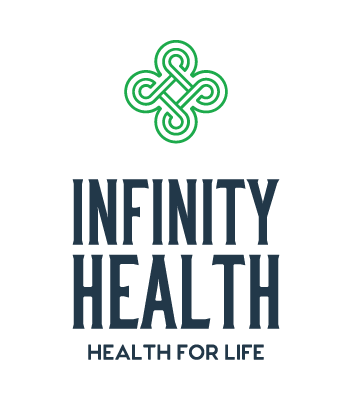To the naked eye, it may be difficult to spot the difference between Acupuncture and Dry Needling. However, there are actually many differences in each treatment’s focus.
What is the difference between Dry Needling and Acupuncture?
There are several fundamental differences between acupuncture and dry needling. Acupuncture is based on a system of traditional Chinese medicine (TCM) and utilizes hair-thin needles which are inserted into the skin at specific points along invisible meridians in order to restore the smooth flow of Qi in the body. Dry needling, on the other hand, relies on thin filament needle technology, and is based on western anatomy and physiology, to one or multiple sites with the goal of treating localized myofascial pain or dysfunction. Dry needling utilizes shorter needles and technique that differs from traditional acupuncture.
Acupuncture has roots in traditional Chinese medicine. That is, its focus is on stimulating certain points on the body, or meridians. The treatment alleviates pain and treats various health conditions through the release of endorphins and energy centres.
Dry needling also involves inserting a needle into the skin to alleviate pain. However dry needling therapy follows evidence-based guidelines by targeting recommended “point” locations, and controlling the dosages for the treatment of specific conditions.
Dry needling can be very helpful for pain that is caused by muscle injury or imbalance. Your Provider will use a dry needle to insert small needles into the muscles to eliminate the trigger points that cause the pain. Many patients have reported a reduction in muscle soreness and an improved sense of well-being after treatment with this procedure.
Dry needling relieves pain and improves a patient’s range of motion. There is recent evidence to support that dry needling improves pain control, reduces muscle tension and normalizes dysfunctions of the motor end plates. That is, where nerve impulses are transmit signals to the muscles. One of the major benefits to dry needing therapy is that relief is often immediate, meaning the patient can often go back to being active immediately after treatment.
If you have more questions about dry needling or acupuncture, we can help!

